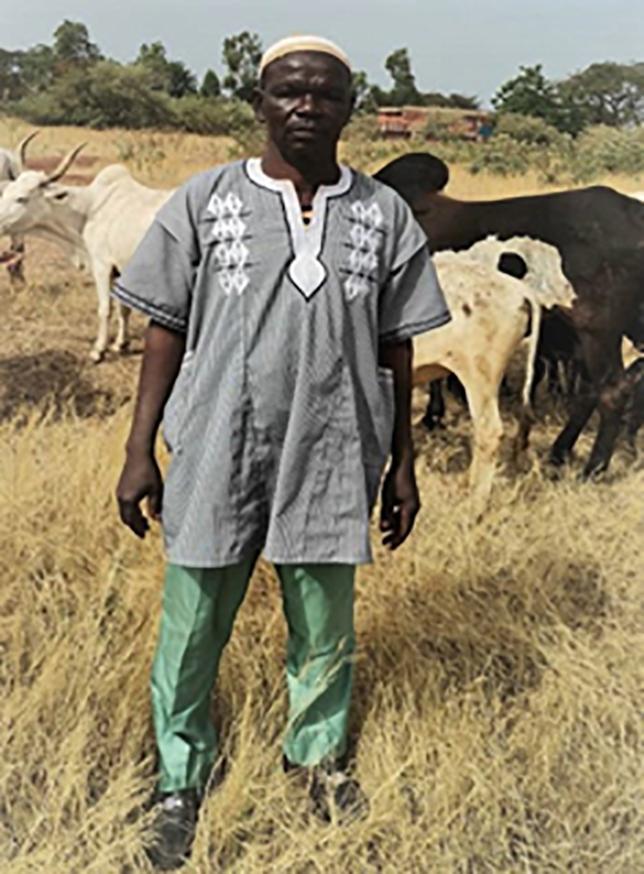One Health Mitigates Epidemic Risk
Ouedraogo Zakaria is 56 years old and lives in the village of Secaco in the Balé Province of Burkina Faso with his two wives, nine children, and three of his brothers. For the past 30 years, he has bred cattle and farmed to pay for his family’s health care, food, and schooling.

Challenge
On July 6, 2021, five oxen, two of which belonged to Mr. Zakaria, died in Secaco. This situation economically and morally defeated Mr. Zakaria and his family because they relied on the profits from these animals, which were worth around 600,000 CFA ($1,000). Mr. Zakaria contacted livestock technicians and health workers, who told him that his oxen should not drink freely from rivers, as some were contaminated with chemicals from mining sites and pesticide-treated gardens and fields.
The next month, more cattle died in Secaco and the nearby rural commune of Siby, and large quantities of dead fish were discovered in the waters of the Mouhoun River. The Mouhoun is the main water source for the more than 322,000 people who live in Balé Province, and 80 percent of the working population relies on its flow for agriculture and animal husbandry.
Rapid intervention was necessary to contain this incident and avoid contamination of other animals, including humans.
Solution
In 2019, the One Health information system was launched in Burkina Faso to create a comprehensive and effective response to zoonoses and other threats to human health. With Country Health Information Systems and Data Use (CHISU) project support, human and zoonotic data have been integrated and linked to the information systems of the Ministry of Health, the Ministry of Animal and Fisheries Resources, and the Ministry of the Environment Green Economy and Climate Change.
Impact
The dead cattle and fish by the Mouhoun River is an example of incidents that the One Health Technical secretariat convened specialists from several ministries to analyze and solve. A joint investigation by the three ministries in August 2021 included community members who participated in interviews while the specialists analyzed river water. As expected, pesticide runoff killed the fish, and cyanide from the mining company resulted in the death of both fish and cattle. This evidence led to the following actions:
- The regional health director instructed the chief medical officer of the Boromo Health District, which includes Secaco, to disseminate messages about the pollution and its dangers to the community. Mitigation instructions included incinerating cattle carcasses and suspending fishing activity.
- The national water and sanitation agency stopped pumping water from the Mouhoun and suspended the supply service to the town of Boromo for about two weeks. During this period, water tanks came from other towns to supply the population.
The process highlighted the contributions of each ministry and showed that One Health facilitates collaborative solutions that can mitigate problems and improve livelihoods.
Download the success story here AND check out the video story on CHISU's Youtube channel here!